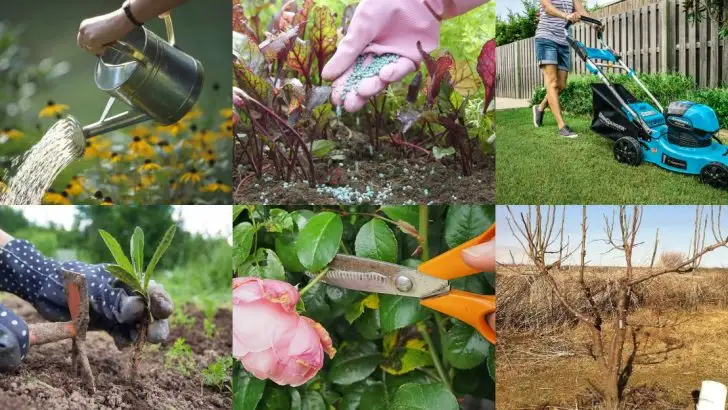Stop—your garden routine might be robbing you of precious time! Imagine spending your weekends lost to endless weeding, pruning, and repetitive tasks that leave your yard barely changed while your to-do list grows. Those popular chores often promise beauty, yet they only drain your energy, turning a blissful hobby into a burden. What if you could cut out the pointless work and focus on what truly brings your garden to life? Reveal the secrets behind trimming the fat and saving time. Discover smart choices that let you relax, enjoy the outdoors, and still achieve a stunning garden. Let’s unmask 14 common tasks that steal your hours and learn how to reclaim your space—transforming drudgery into pure gardening joy.
Daily Watering
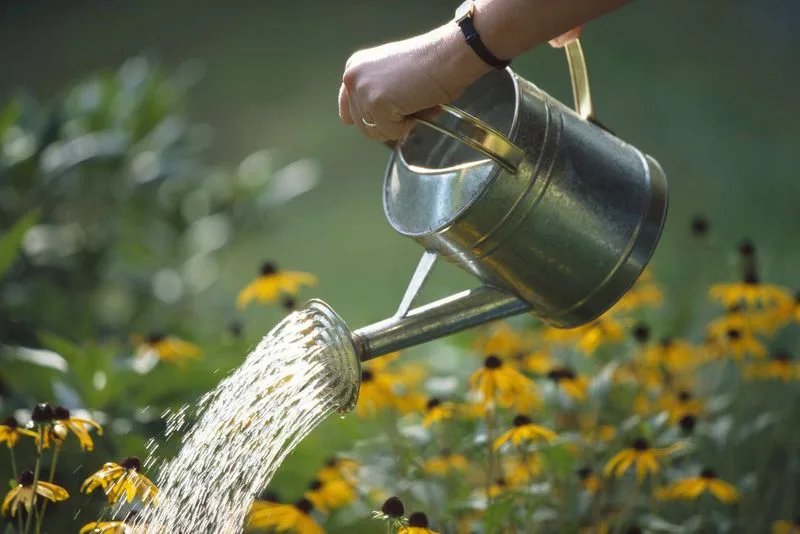
Watering your plants every day can be counterproductive, as it encourages shallow root growth. Instead, aim for a deep watering once or twice a week. This method promotes stronger roots and healthier plants over time. Consider using a drip irrigation system to conserve water and ensure even distribution.
It’s easy to fall into the habit of daily watering, especially during warmer months. However, observing your plant’s specific needs will save you time and resources. Remember, overwatering can lead to root rot, a difficult problem to manage.
Over-Fertilizing
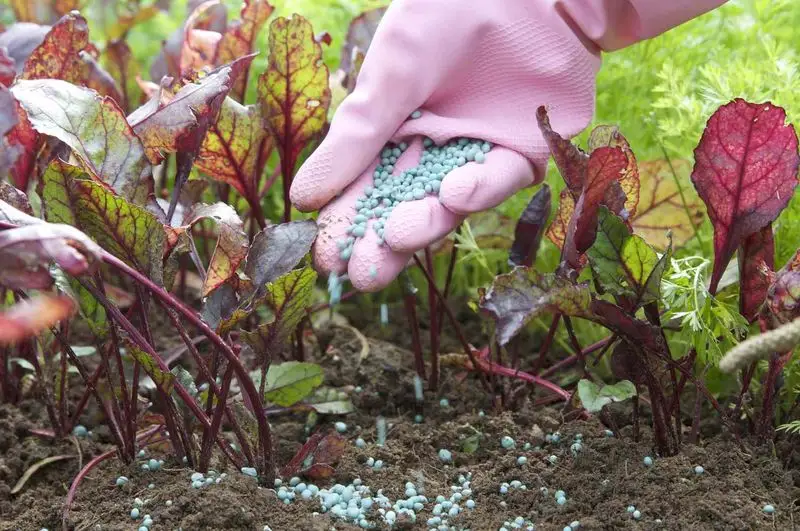
Fertilizing is essential, but more doesn’t mean better. Over-fertilizing can harm your plants by burning their roots and inhibiting growth. Use organic or slow-release fertilizers and follow recommended guidelines to avoid this trap.
Pay attention to your plant’s needs and monitor their response to fertilization. By doing so, you’ll nurture a thriving garden without wasting time and resources. This balanced approach promotes long-term health and vigor in your garden.
Frequent Lawn Mowing

Mowing your lawn often might seem beneficial, but it can stress the grass and lead to patchy growth. Allowing your grass to grow a bit longer helps it develop deeper roots, becoming more drought-resistant.
Consider mowing once every two weeks to maintain a healthy lawn. This approach not only saves you time but also fosters a lush, green expanse that’s more resilient. Remember, taller grass shades its roots, reducing evaporation and conserving water.
Constant Weeding

While weeding is necessary, doing it constantly can consume hours without significant results. Mulch is your ally in this battle, suppressing weed growth and retaining soil moisture.
By adding a thick layer of mulch, you’ll spend less time weeding and more time enjoying your garden. Choose organic mulches for added nutrients, and let them decompose naturally. This practice creates a healthier and more self-sustaining garden environment.
Excessive Deadheading

Deadheading helps maintain blooms, but excessive focus on this task can detract from other essential activities. Not all plants require frequent deadheading.
Research your plant varieties to understand their specific needs. Some self-cleaning plants shed spent blooms naturally, requiring less intervention. By prioritizing, you’ll maintain garden beauty without wasting precious time on unnecessary tasks.
Over-Pruning
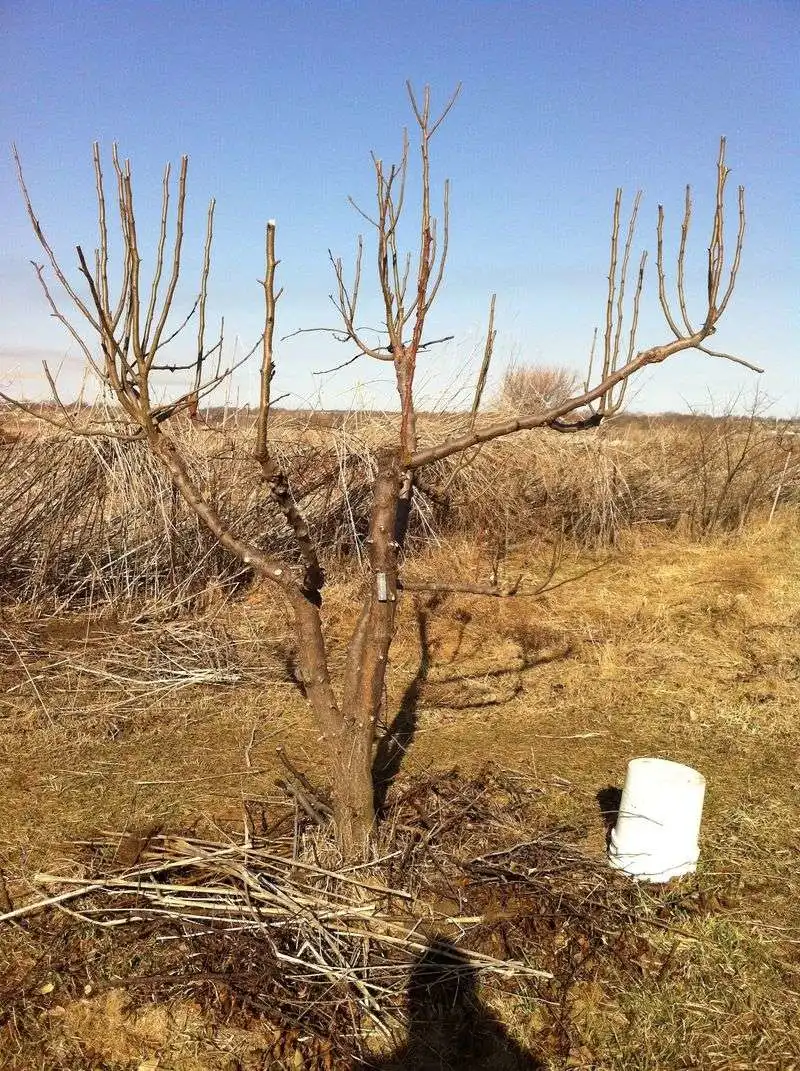
Pruning is crucial for plant health, but over-pruning can cause more harm than good. It may lead to stress and reduced blooms, so it’s vital to prune thoughtfully. Focus on removing dead or diseased branches and shaping your plants strategically.
Understanding each plant’s growth pattern helps in making informed pruning decisions. This mindful approach ensures a balanced and thriving garden that’s easier to manage.
Planting Without Planning
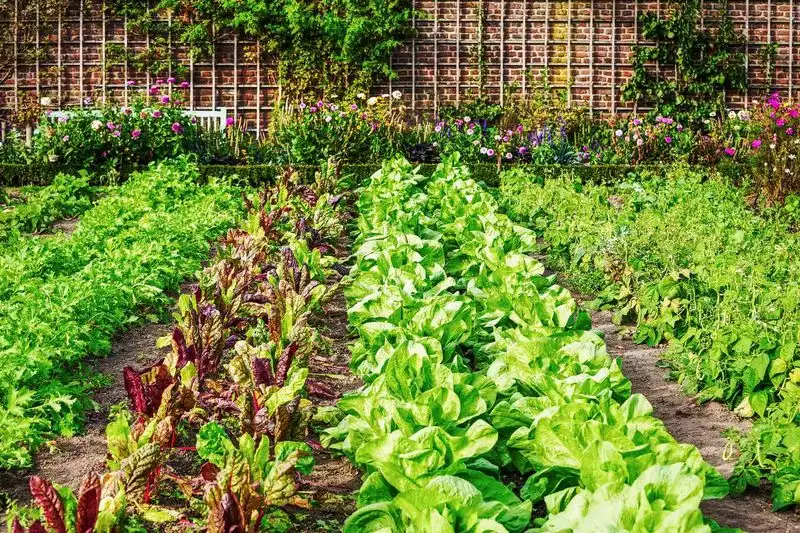
Jumping into planting without a clear plan can result in overcrowded and mismatched gardens. Spend time sketching a layout that considers plant size, sun requirements, and compatibility.
A well-thought-out design saves time and minimizes future corrections. By planning ahead, you’ll create a harmonious space that thrives with less intervention, allowing plants to complement rather than compete with each other.
Relying on Pesticides
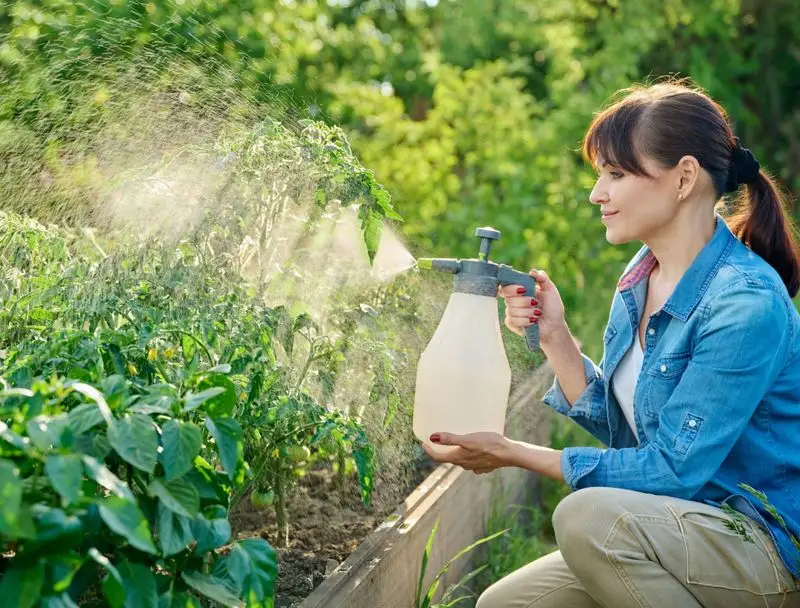
Pesticides may offer a quick fix for pests, yet they often disrupt the garden ecosystem and lead to resistance. Encourage beneficial insects like ladybugs and mantises to naturally control pests.
Embrace companion planting to deter unwanted visitors, promoting a balanced environment. Over time, this approach reduces dependence on chemicals and fosters a healthier, more resilient garden.
Ignoring Plant Labels
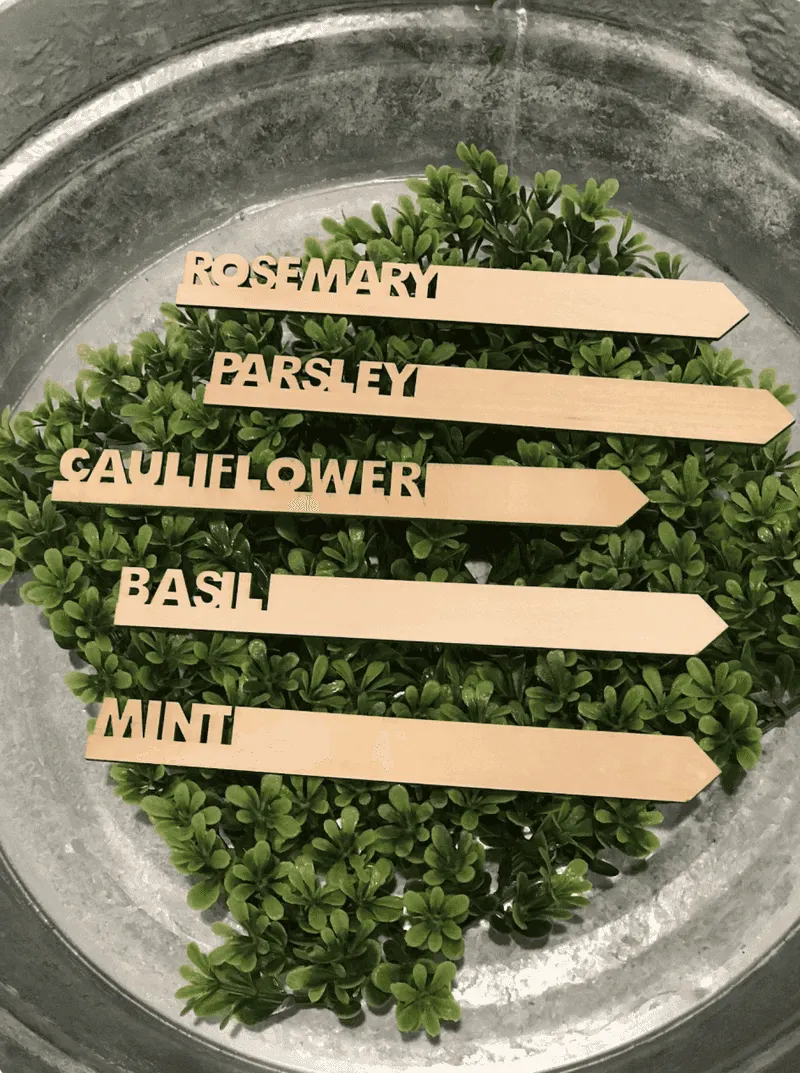
Those small tags in plant pots hold valuable information that can guide your gardening efforts. Ignoring them often leads to misplaced plants and additional work.
Before planting, take time to read and understand the requirements for optimal growth. This simple step ensures you’re meeting each plant’s needs, saving you from replanting and unnecessary adjustments later.
Using Chemical Herbicides
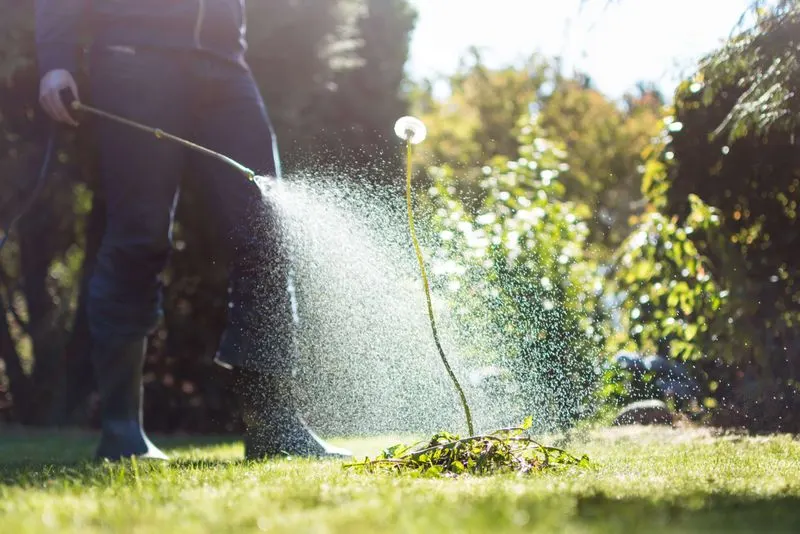
Chemical herbicides might kill weeds fast, but they can harm surrounding plants and soil. Opt for natural alternatives like vinegar sprays or boiling water to tackle stubborn weeds.
Using eco-friendly methods not only saves money but also preserves the health of your garden’s ecosystem. With patience and persistence, you’ll maintain a beautiful garden without relying on harmful chemicals.
Constantly Rearranging Plants
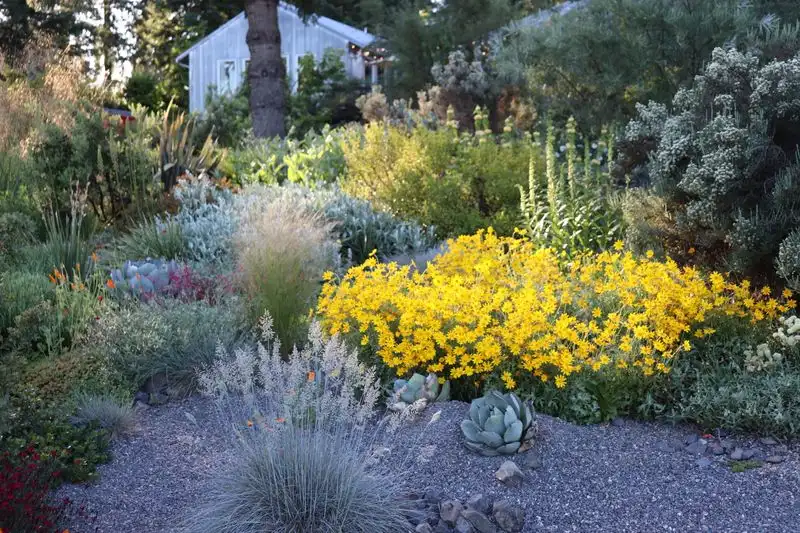
Moving plants around frequently disrupts their growth and adds unnecessary work. Once planted, give them time to adapt and thrive in their new environment.
If you’re unsure about placement, start with a temporary container arrangement. By observing how plants interact with their surroundings, you’ll make informed decisions that minimize stress and labor.
Chasing Trends
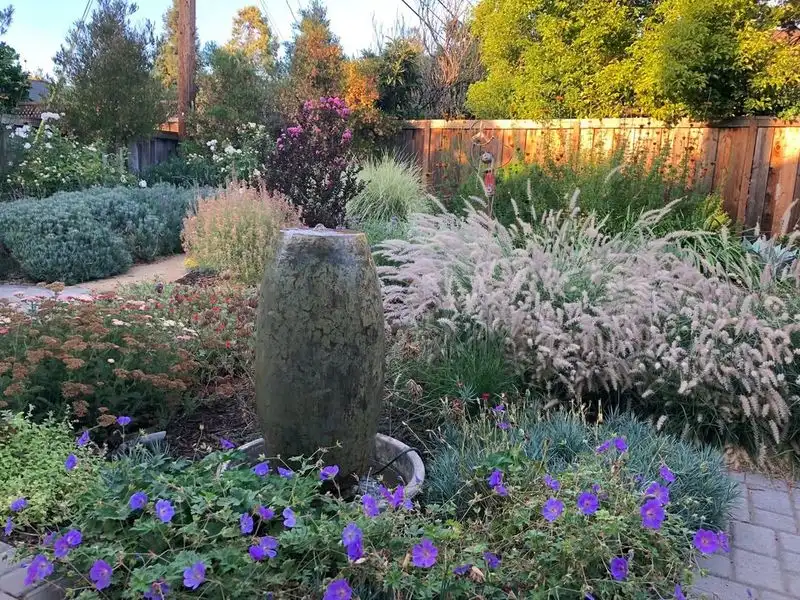
Following every new gardening trend can lead to inconsistent and high-maintenance gardens. While it’s tempting to try the latest ideas, focus on what’s practical for your space and climate.
Incorporate timeless elements that suit your personal style and garden needs. This thoughtful approach creates a cohesive and manageable garden that reflects your individuality without unnecessary effort.
Ignoring Soil Health

Healthy soil is the foundation of a thriving garden, yet it’s often overlooked. Regular testing and amending with organic matter like compost improve soil structure and fertility.
Ignoring this critical aspect leads to poor plant performance and wasted efforts. Investing time in understanding and nurturing your soil ensures a successful garden that requires less maintenance over time.
Over-Mulching

While mulch conserves moisture and suppresses weeds, too much can suffocate plants and create a breeding ground for pests. Apply a moderate layer, ensuring plants have room to breathe.
Monitor your garden regularly to adjust mulch levels as needed. This balanced approach enhances your garden’s health and appearance, all while saving time and effort.

